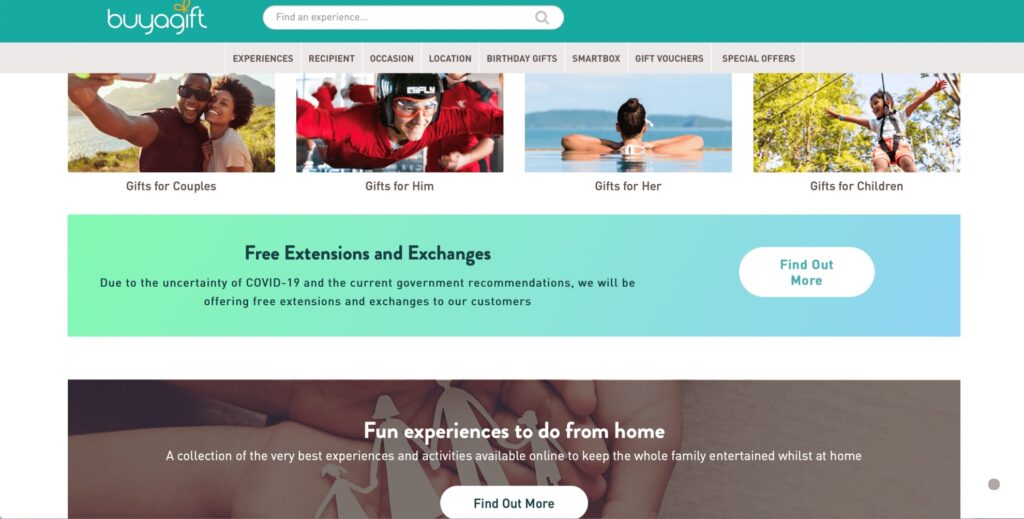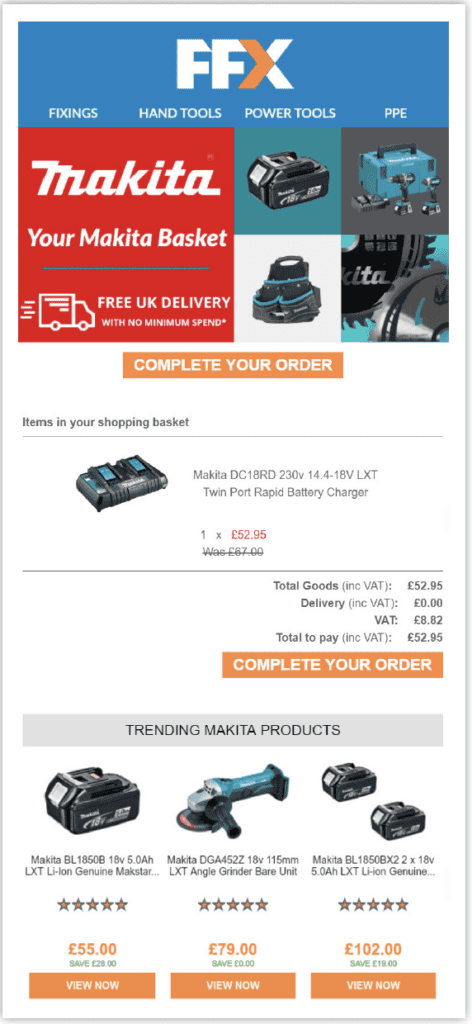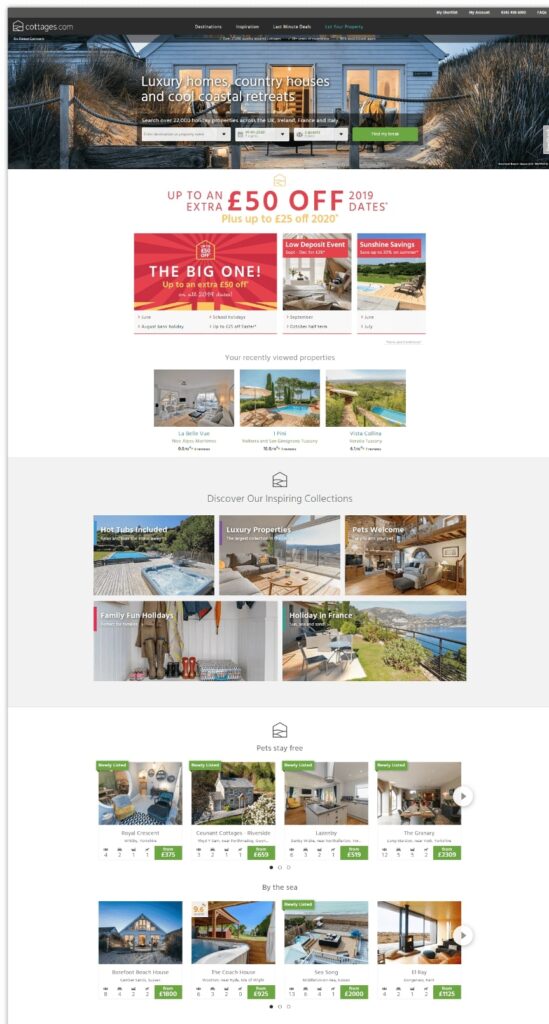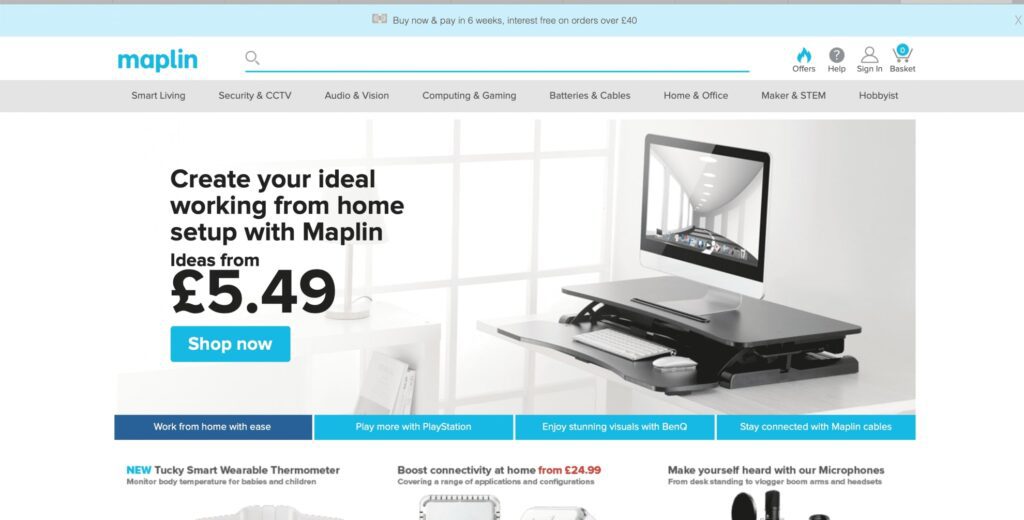eCommerce marketers like to work in advance, setting up campaigns weeks, even months, before they launch new products, seasonal treats or special services.
But with a global pandemic raging, that approach doesn’t work. Marketers need to step back and take a close look at what they are doing to not only survive the current crisis, but create a path forward for when the health crisis eases.
The COVID-19 virus would seem ripe for online and multi-channel merchants to thrive. The Adobe Digital Index shows a 25% spike in online sales in the US comparing mid-March to earlier in the month. For the UK, the increase was 33%.
Much of the increase, though, relates to protective products. The hand sanitizers/ gloves/masks/anti-bacterial sprays category shot up 807%. But there are other categories that are doing well, including exercise gear and electronics.
If you aren’t selling hand sanitizer, what can you do to encourage sales, grow loyalty, fulfill on sales and keep customers engaged?
Here are six things to do right now.
Scrutinize your upcoming campaigns for tone and messaging
Automated campaigns and copy needs to be carefully reviewed. Along with the obvious changes (now is not the time to send emails about buying products to host that spring garden party), there are other considerations. For instance, Fear of Missing Out (FOMO) emails and web copy can seem jarring and off-putting.
And while recent and return customers will want to hear about possible shipping delays and your social distancing plans, someone who hasn’t ordered from you in a year or two likely doesn’t care. So segment that email list.
There are caveats. If you run the kind of online business that people might turn to when they have extra time on their hands, but you can’t fulfill because you’ve run out of stock or because of the stay-at-home rules where your fulfillment center is located, be upfront about order delays and stock outages.
It’s also important to communicate updates to policies for using pre-purchased services. Buyagift.com offers a one-stop shop for buying “experiences” (like a bungee jump or a massage). They’ve updated their website and sent emails to note that expiration dates have been extended not just to help those who are holding a gift card, but for those considering buying one.

On the flip side, be careful about copy and content that assumes people have nothing better to do than shop online. Have you ever tried to work from home and watch your 3-year-old at the same time?
Finally, no puns, no quarantine jokes, and don’t try to produce content about COVID itself. Leave that last role to the medical professionals.
Strengthen your browsing and cart abandonment program
If people are shopping with you, you absolutely want to reach out if they interrupt their browsing session or cart something and leave. An abandoned cart or browse session could easily be the result of distractions during this difficult time.
With companies slashing advertising budgets, shuttering stores, and scrutinizing spending, a triggered campaign to bring back people interested in your products is a very inexpensive way of gaining revenue.
This can lead to a Catch-22 for some e-retailers. If you are dependent on manual processes to trigger these campaigns, or you can’t personalize them, this might be a heavy lift if you’ve had to furlough staff.
Power tools retailer FFX Tools uses dynamic content to tailor cart and browse abandonment messages to each customer based on the shoppers’ brand affinity. They base the triggered message’s hero image on the make of the carted product, and include product recommendations from the same manufacturer.

Realize the potential to win new customers for life
With traditional evening and weekend pursuits nixed for now, many people have turned to activities like painting, music, and gardening. When they search for supplies and find your online storefront, are you prepared to capture information that will help you market to them after their purchase – and for months or years after the pandemic?
One music supplier is using popovers to collect email addresses and making sure to send out post-purchase messages aimed at encouraging new customers to get the most from their recent purchase by taking them on a journey through the full-range of offerings.
Automated “back in stock” messages are an absolute must, especially for companies selling items that are prone to outages. Expected ship dates are also critical if your supply chains are disrupted. How many of us have thought, “I’ll go ahead and buy the item if the retailer can just be upfront about when they think I’ll get it.’’
Other ideas include adding content to the website and incorporating into emails that is “how-to” in nature. Instead of sending a 20% off email for paint supplies, send fun videos on what to do with the paint supplies. You might just get them back without the coupon.
Set up your contingency planning and future proofing
If you are unable to sell products or services right now, it’s still absolutely essential to maintain a web presence that allows you to capture what people are browsing on, so that you can feed that data into your segment building efforts for the future. Meanwhile, put triggered campaigns based on browse activity on hold.
While we can’t travel currently, it doesn’t mean we aren’t thinking about it, and, perhaps, doing a bit of online dreaming. Travel companies need to capture that data so when restrictions lift, they can send out emails, and automate personalized web pages that reflect those browse sessions.
Cottages.com personalizes the banners and product recommendations on the homepage based on customer lifecycle stage (new vs. returning) and behavior.

Making plans to capture this information might also be critical in understanding what kinds of experiences people want when the pandemic ebbs. So consider working with partners and vendors to lay the groundwork for collecting, analyzing and executing based on behavioral website data now.
Adapt, engage, create
Click-and-mortar furniture stores are offering free online design sessions. Shoe retailers are pitching their gardening and athletic shoes. Clothing retailers have realized that new tops are a must-have for all those video conferences. Video games are more of an essential item if they have an educational component. And lots of people want suggestions as they set up their home offices.
Maplin, an online seller of electronics, whipped together a series of messages around the topic of “Are you ready to work from home?” with great success.

Finally, scrutinize buying patterns to look for new VIPs, new repeat purchasers and customers that are no longer engaged. Buying patterns are changing rapidly and you need to be aware to gain the most value from your customers.
Mention what you’re doing to keep everyone safe
We rarely discuss how our products get to our customers, but in difficult times it’s important to assure people that ordering a rug, blouse or children’s book isn’t putting someone else at risk. Don’t devote an entire email to it, but include a sentence or two about what your company is doing to keep everyone safe.
In addition: Consider reserving pick-up spots, or expediting online orders, for people in high-risk categories (or health care workers).
Final thoughts
Retailers that shed clunky, manual processes are likely in the best position to weather this crisis. But that doesn’t mean you can’t innovate with what you’ve got. Concentrate on the basics of cart abandonment and browse abandonment, double check your messaging, think about what your shoppers care about and plan for the future.
New habits and ways of shopping are occurring now that could extend once the stay-at-home orders lift.





